Water flows at Medigadda rising
Tue 25 Jun 2024, 11:51:22
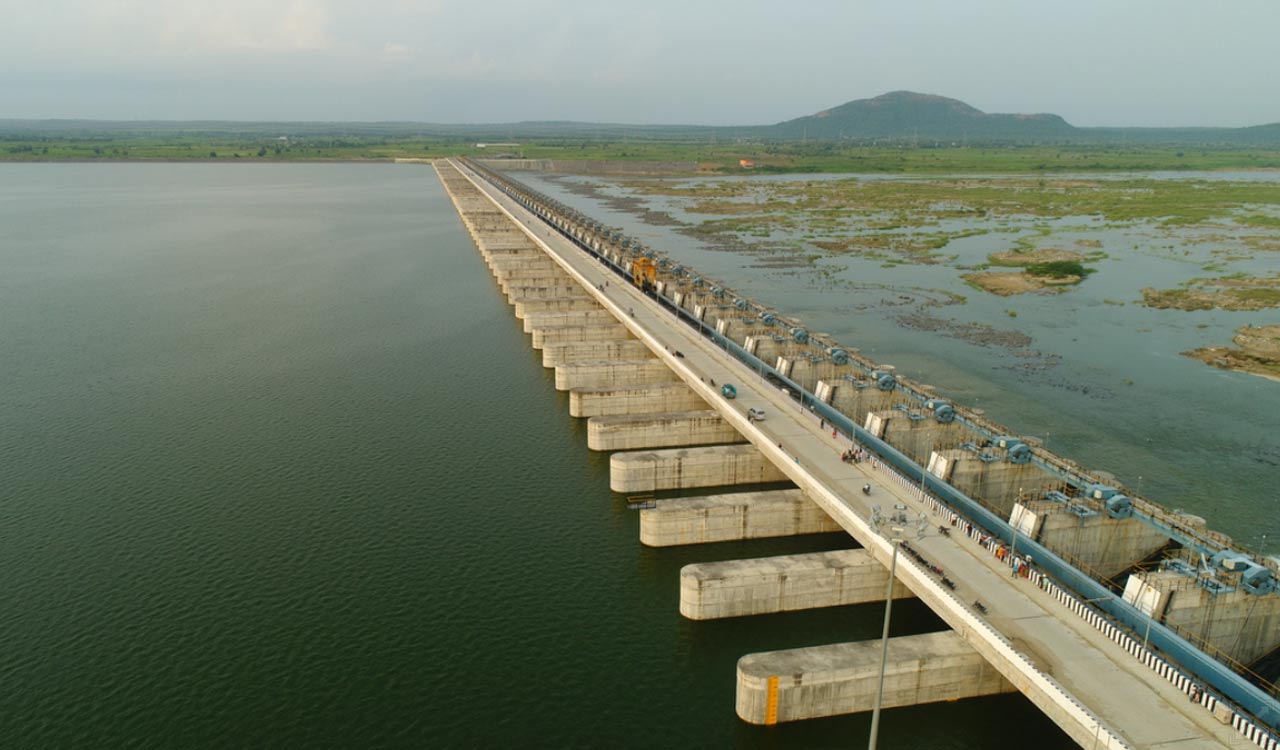
The Medigadda barrage of the Kaleshwaram Lift Irrigation Scheme, which is expected to bear the brunt of monsoon-induced floods in the Godavari River, is reportedly nearly ready to face the upcoming monsoon season. Most of the flood protection measures recommended by the National Dam Safety Authority (NDSA) have been completed, with the exception of further strengthening of downstream concrete blocks, a task expected to be finished within two or three days.
Currently, it is reported that around 4,000 cusecs of water is flowing into the barrage, and irrigation department officials anticipate this flow to increase to approximately 10,000 to 12,000 cusecs in the next three to four days. The majority of this increased flow is expected to originate from the Pranahita River, which joins the Godavari upstream of the Medigadda barrage. The availability of additional water at Medigadda was a key factor in the selection of this site for the final barrage of the Kaleshwaram project during the previous BRS government's tenure.
In anticipation of higher flows at Medigadda, it is understood that the
irrigation department has recommended reinforcing the cement concrete blocks at the barrage with gabion walling (a method using strong wire mesh to hold blocks together). This measure aims to prevent a recurrence of past incidents where blocks were washed away during heavy floods, leading to seepage from under the foundation and partial sinking of Block 7, causing significant damage to the barrage.
irrigation department has recommended reinforcing the cement concrete blocks at the barrage with gabion walling (a method using strong wire mesh to hold blocks together). This measure aims to prevent a recurrence of past incidents where blocks were washed away during heavy floods, leading to seepage from under the foundation and partial sinking of Block 7, causing significant damage to the barrage.
Officials have indicated that the Medigadda barrage is currently in a state of free flow, with all its gates open as per NDSA recommendations.
They further stated that as long as the combined flow from the Godavari and Pranahita rivers remains below 20,000 cusecs, no further issues are expected at the barrage. The flood protection enhancements at Medigadda, Annaram, and Sundilla barrages upstream have included strengthening the downstream aprons, including the cement concrete block beds, grouting holes under the foundations, and maintaining all gates open to prevent water storage at the barrages, thereby avoiding additional structural pressures.
No Comments For This Post, Be first to write a Comment.
Most viewed from Hyderabad
Most viewed from World
AIMIM News
Latest Urdu News
Most Viewed
May 26, 2020
Can Lionel Messi's visit boost Indian football?
Latest Videos View All
Like Us
Home
About Us
Advertise With Us
All Polls
Epaper Archives
Privacy Policy
Contact Us
Download Etemaad App
© 2025 Etemaad Daily News, All Rights Reserved.


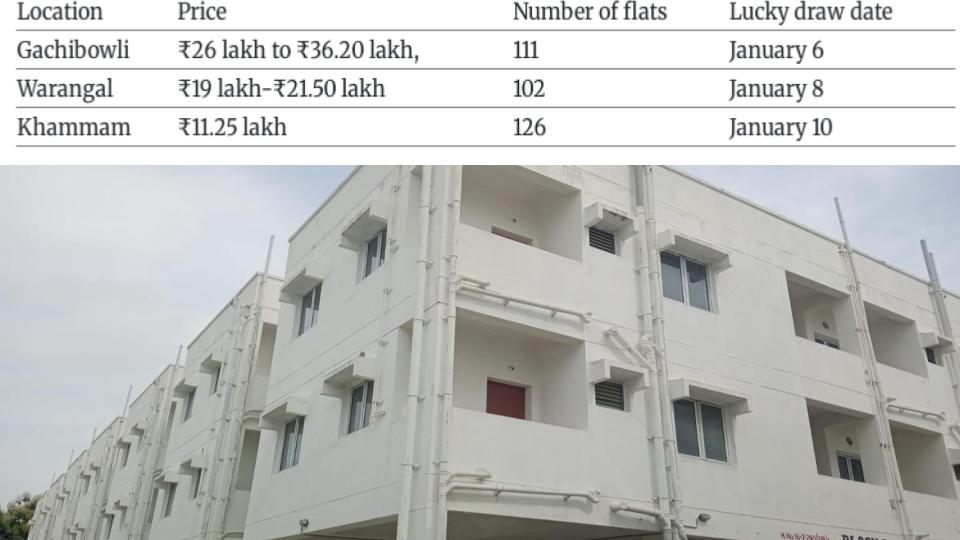

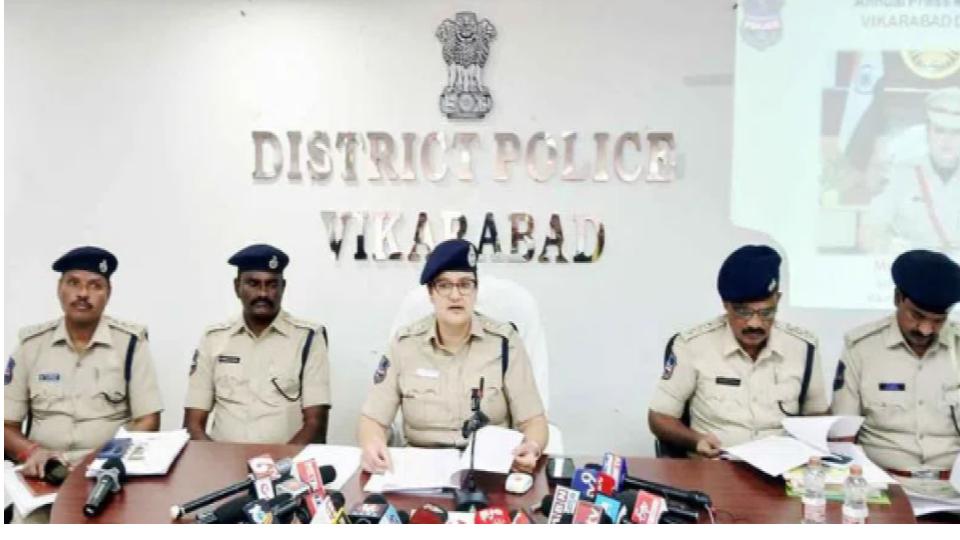
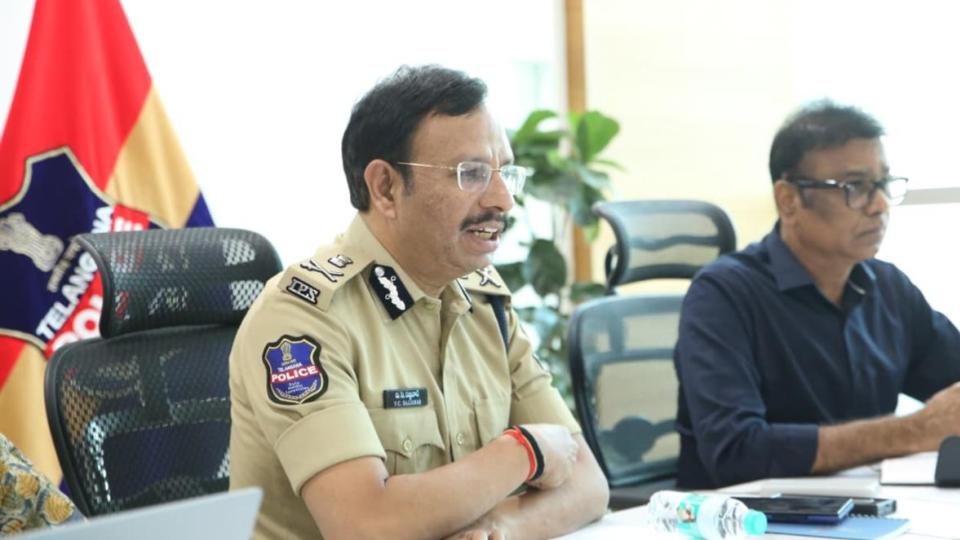
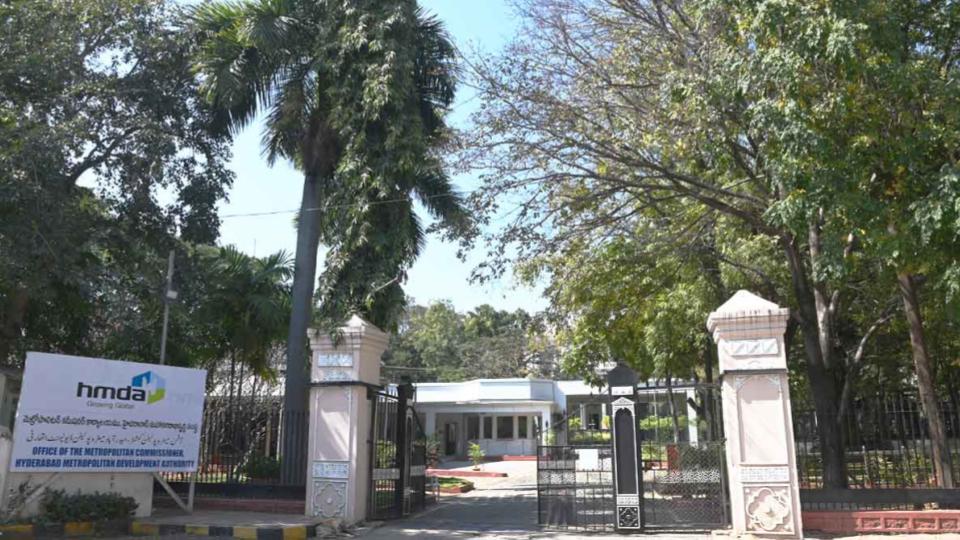


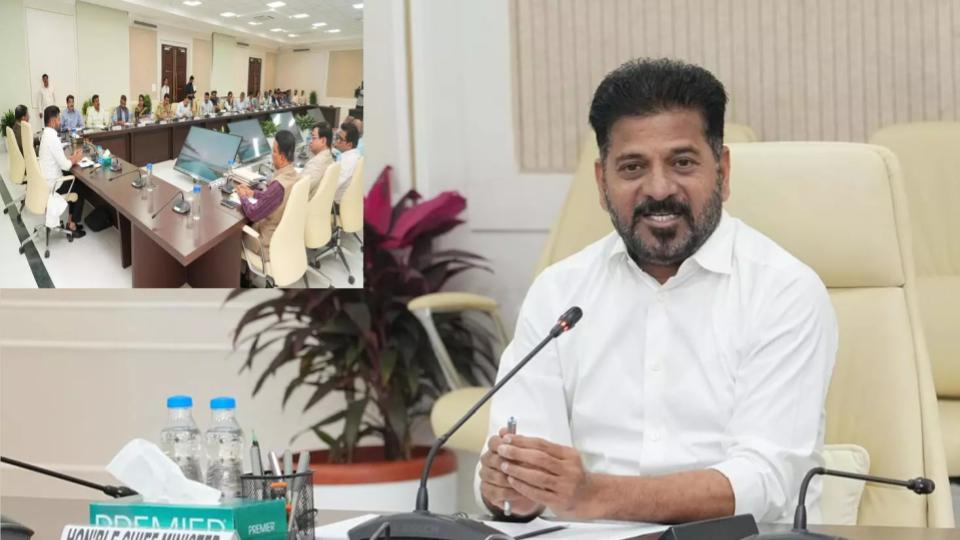
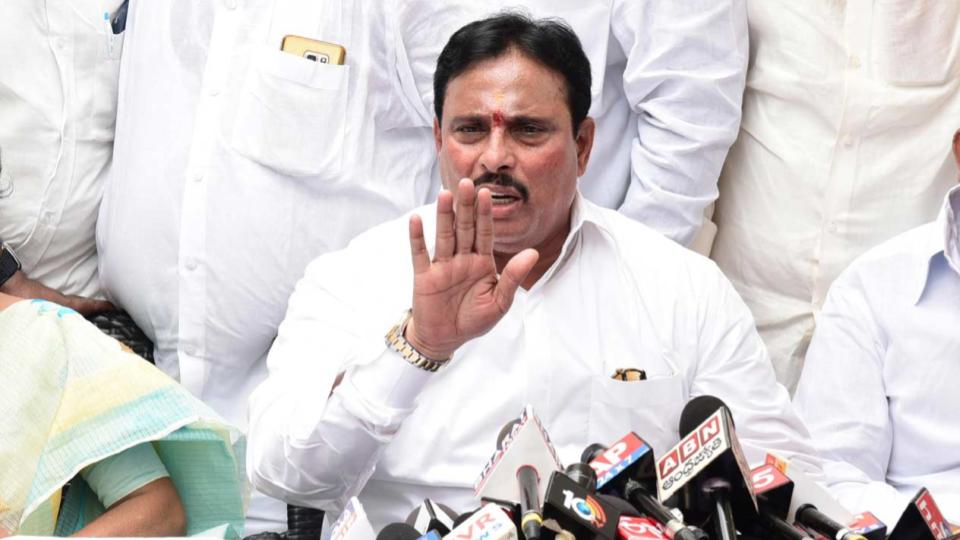
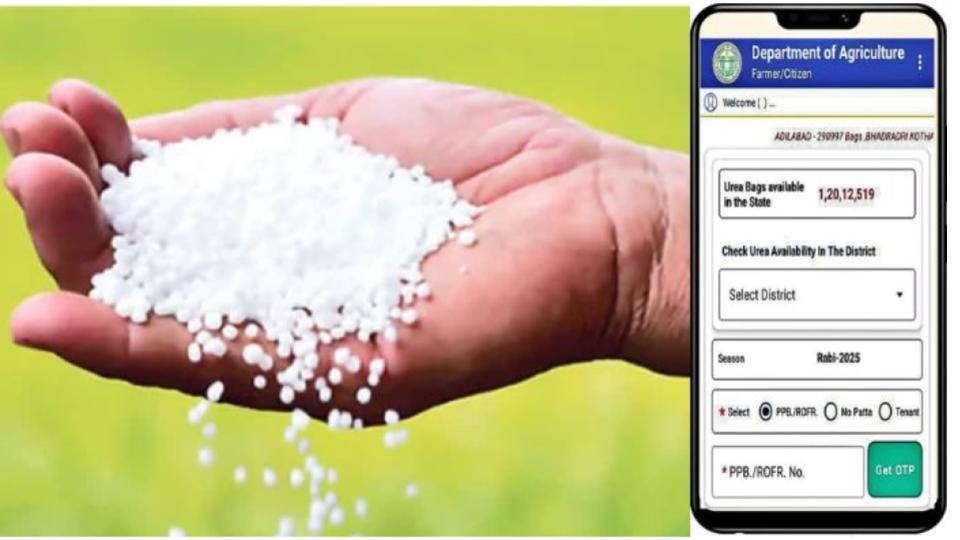

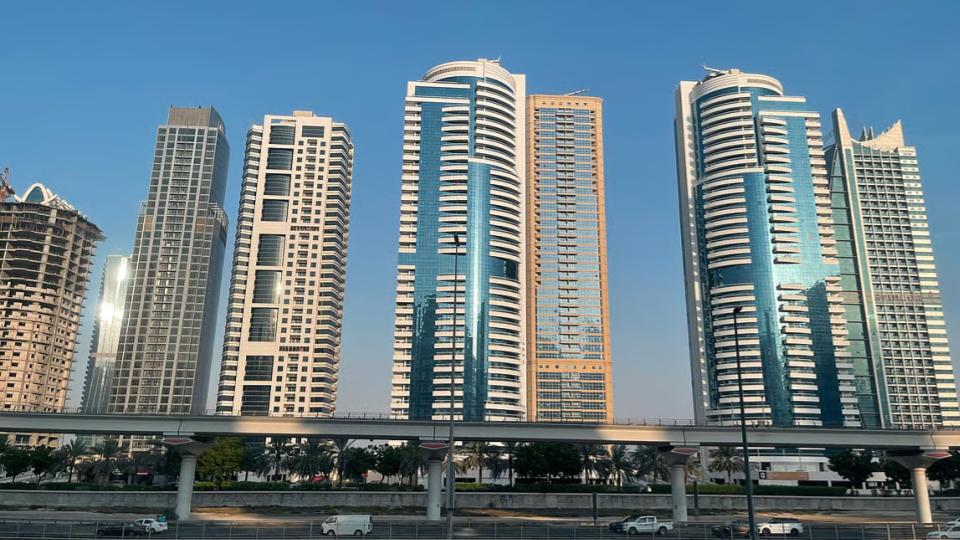

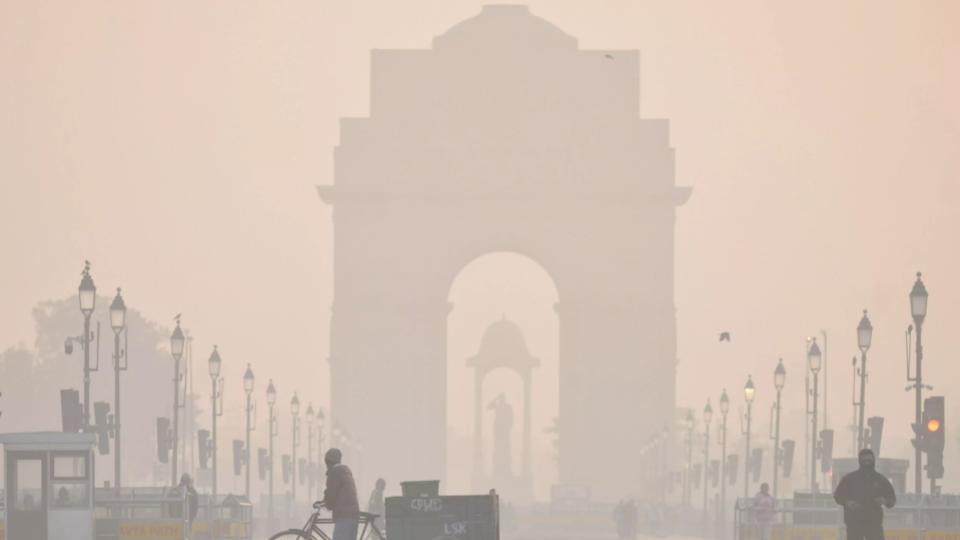

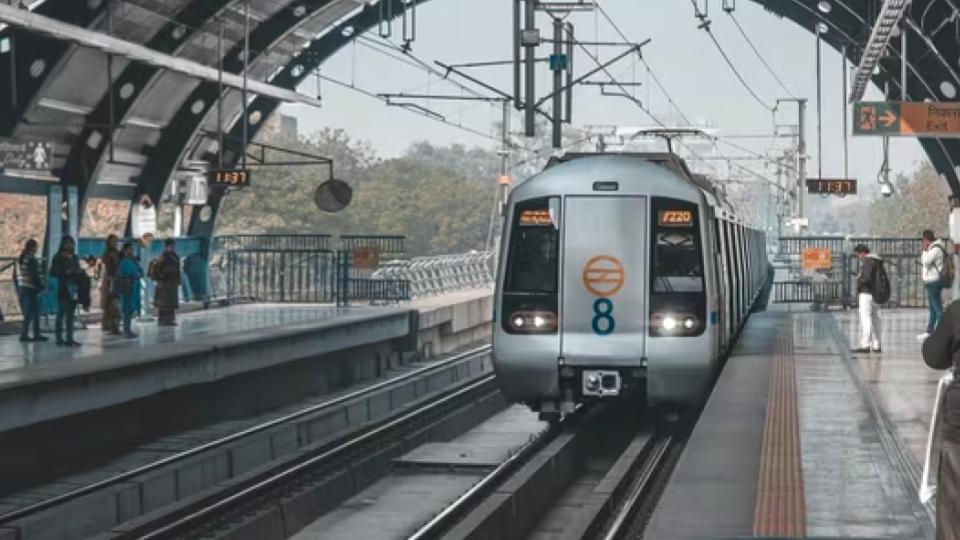

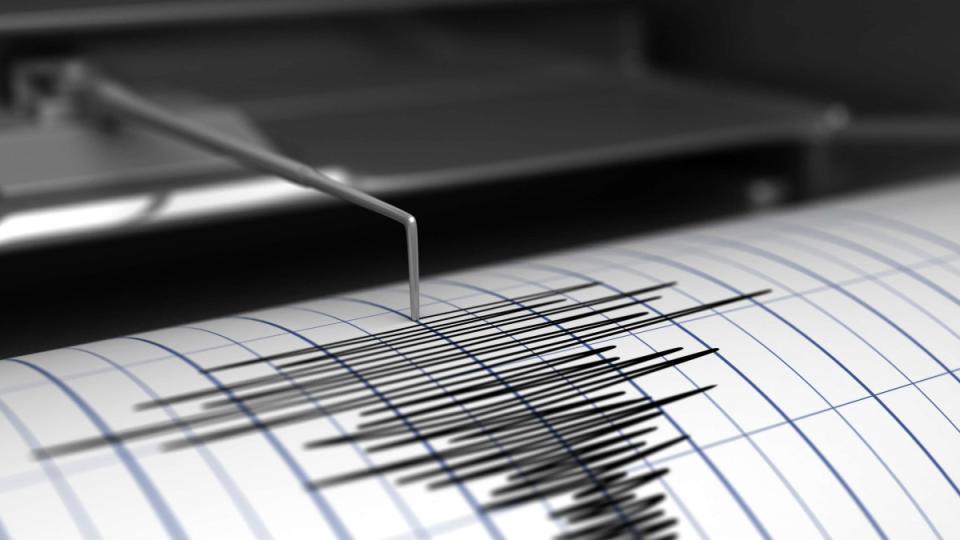

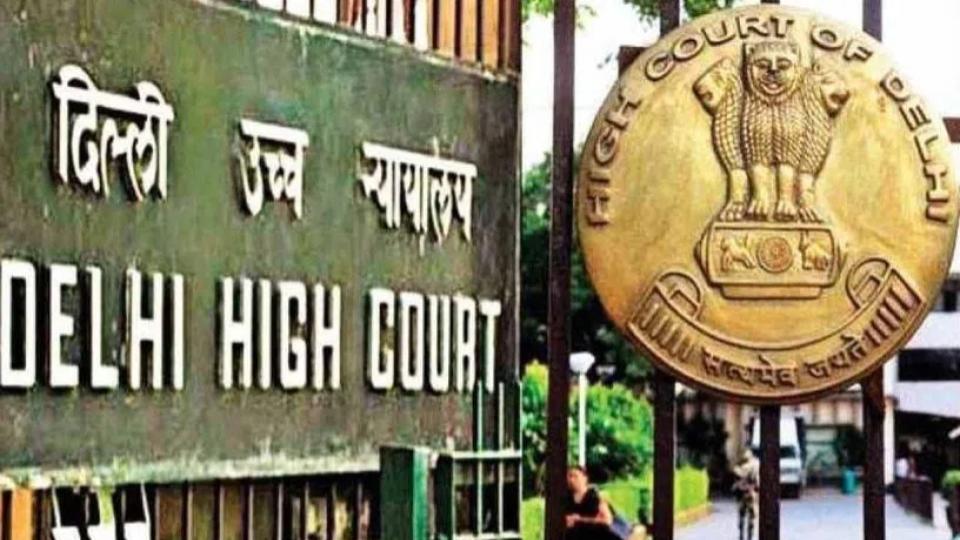


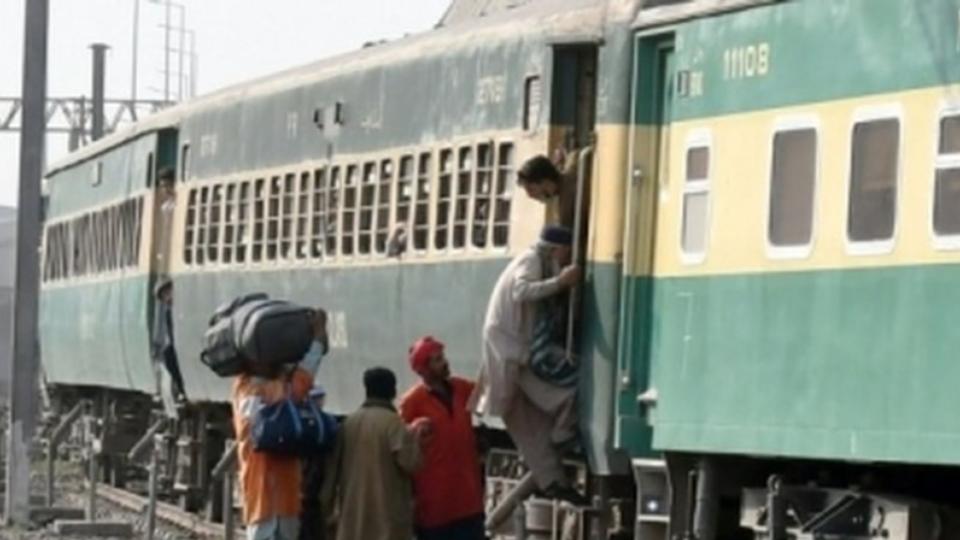












.jpg)
.jpg)
.jpg)


